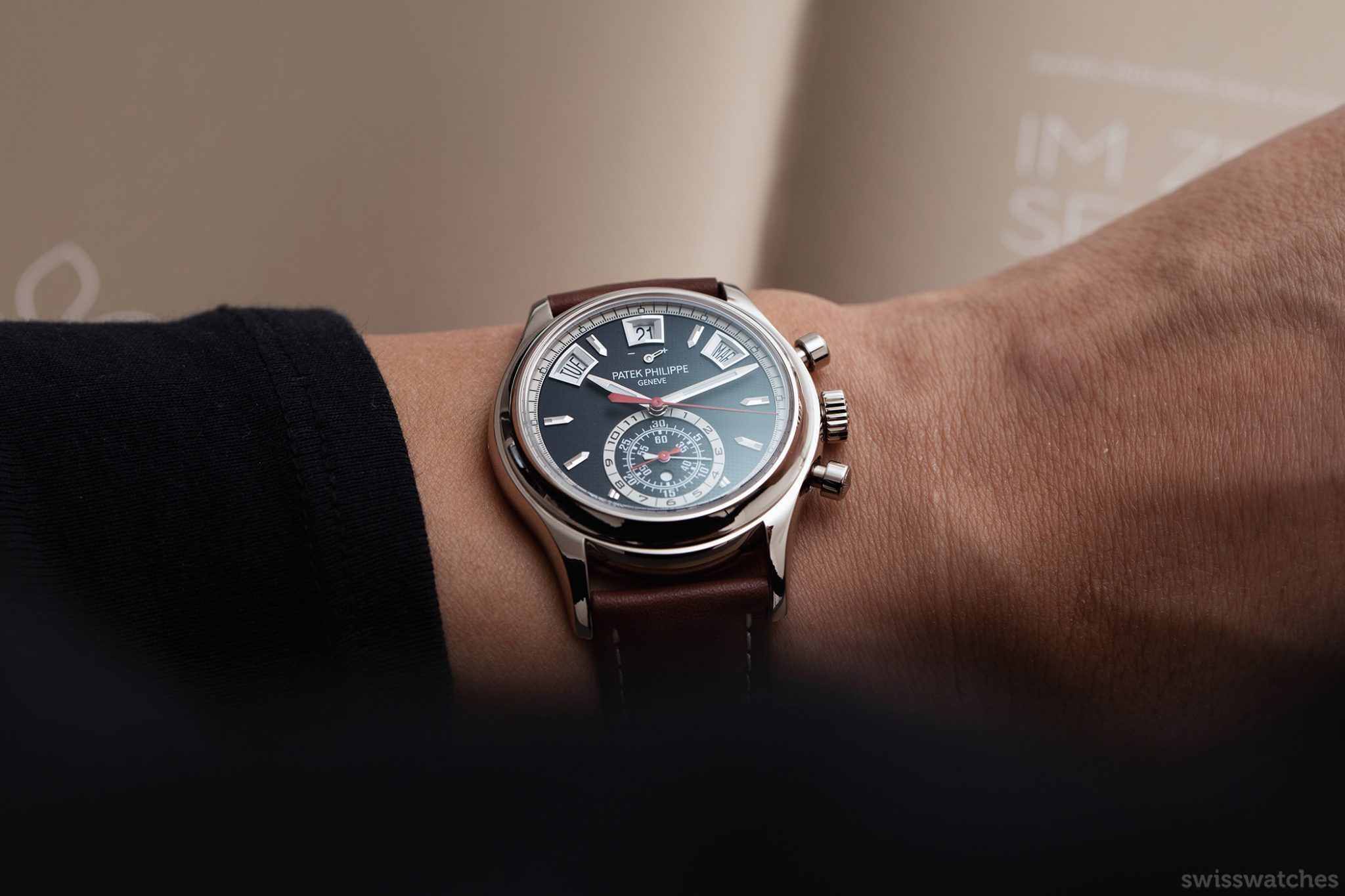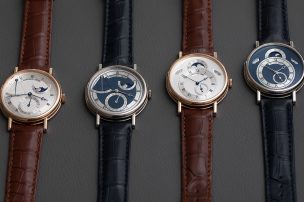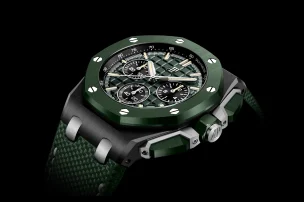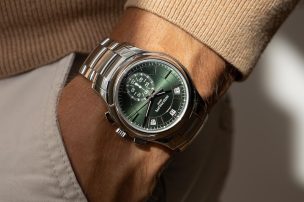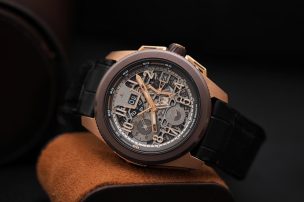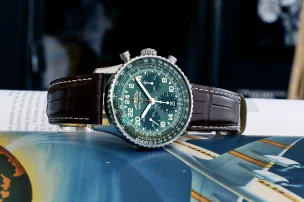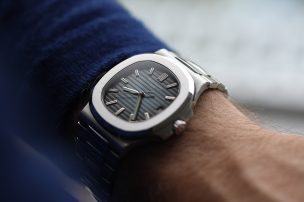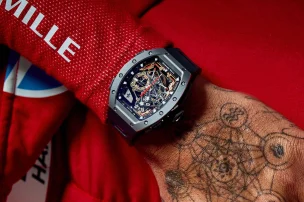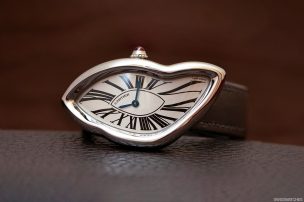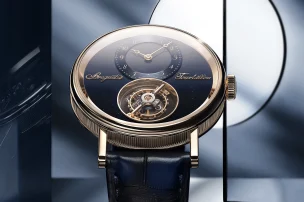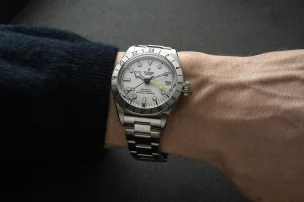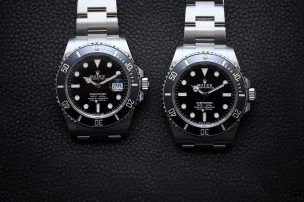
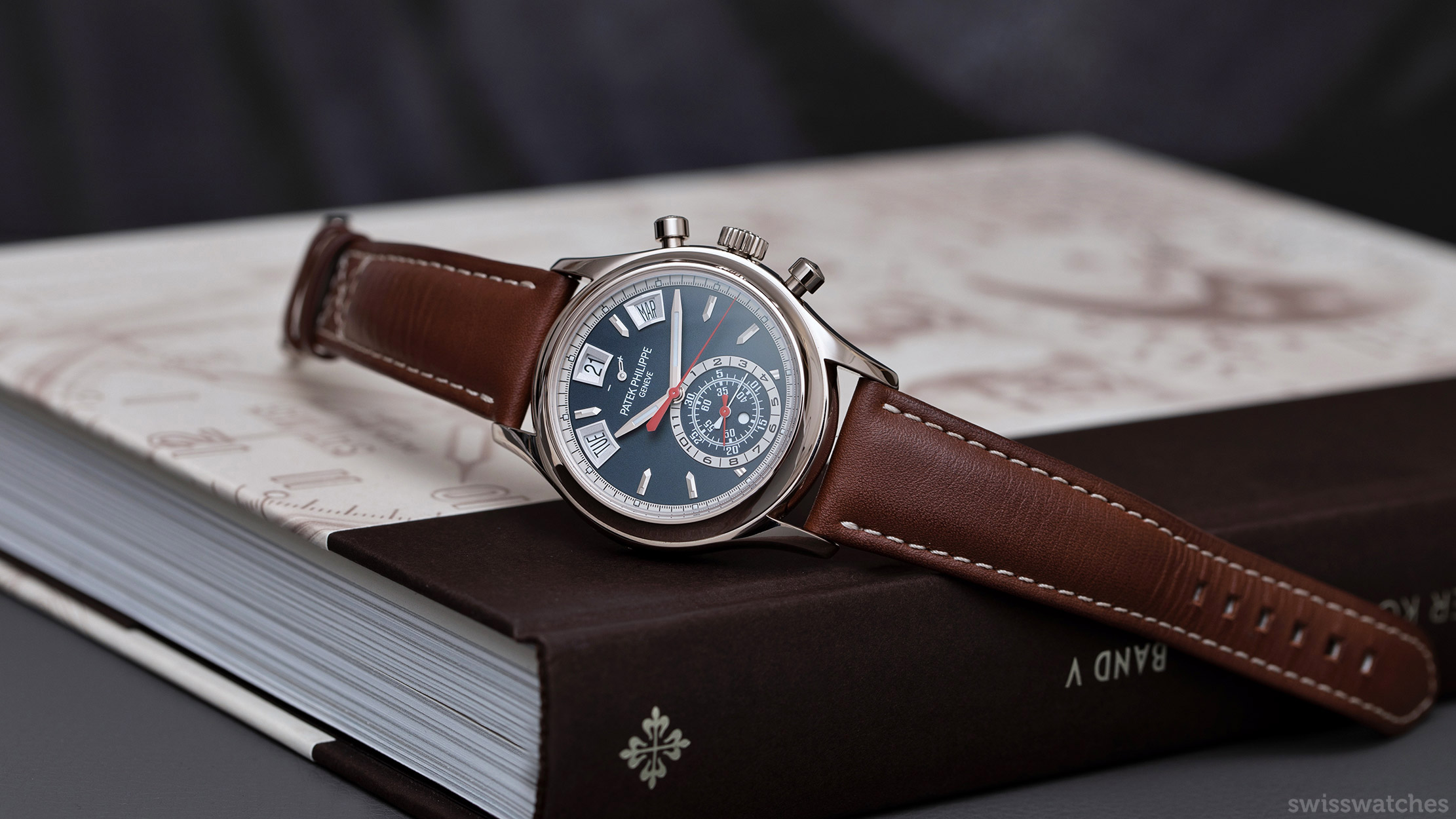
A Farewell To Patek Philippe’s 5960
There is good reason behind us dedicating an article to the 5960. For one thing, it was the very first model from Patek Philippe to combine an annual calendar with a chronograph. Secondly, despite the fact that it is indeed somewhat the odd one out, it’s ultimately a much sportier piece than any other calendar watches out there. Its autonomous aesthetic certainly attracts attention. Not least since a steel version appeared in 2014 – and this from Patek Philippe, no less. Its evolution has been somewhat turbulent. But now also the last remaining model of this collection reference 5960/01G retires. We look back and say goodbye.
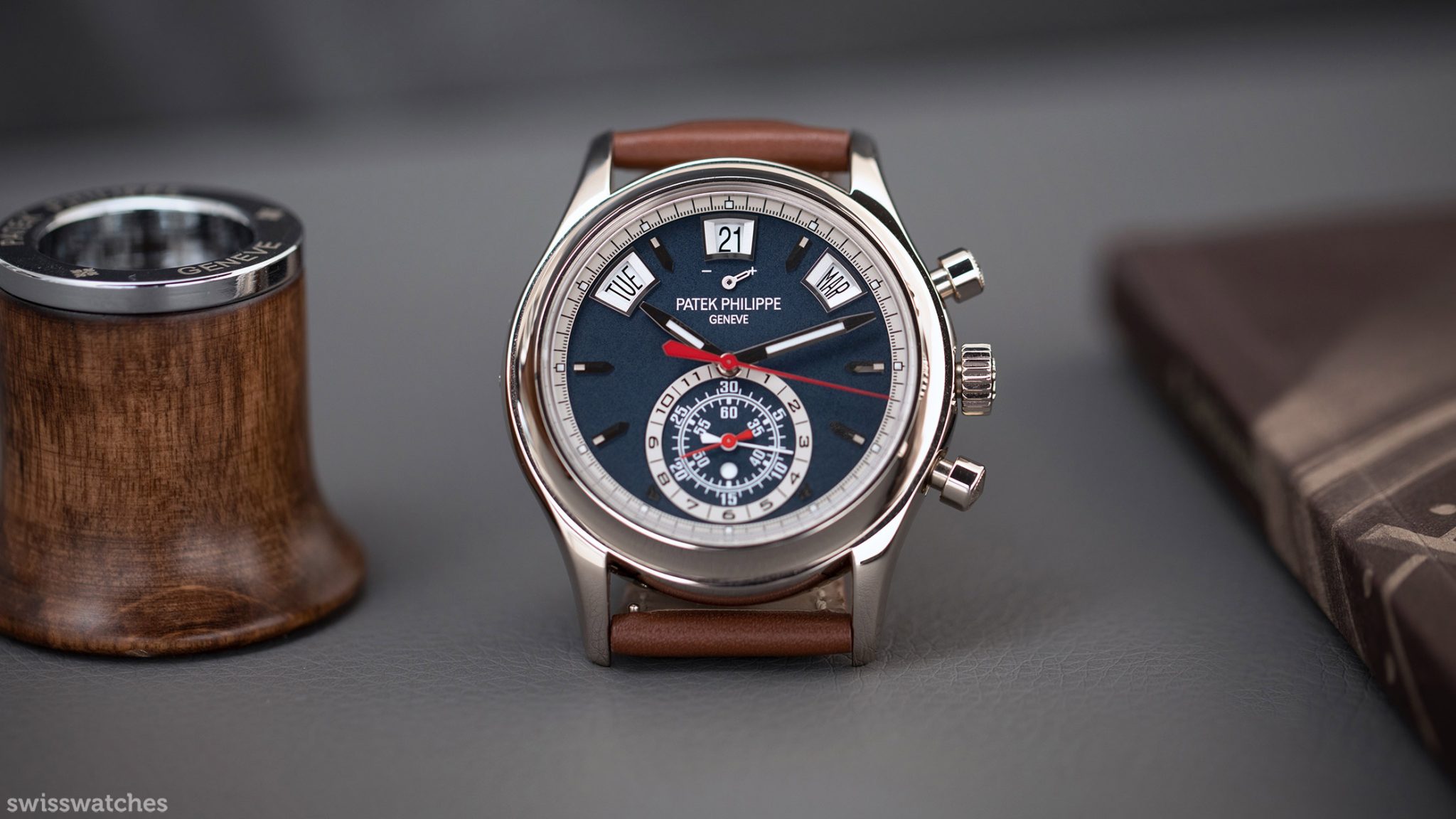
Master of the mechanical calendar functions
The first wristwatch with perpetual calendar
When talking about the calendar function, one cannot help but mention Patek Philippe’s accomplishments in this area. By 1889, Patek Philippe had filed a patent for its perpetual calendar mechanism for pocket watches. In 1929, the manufacture presented the No. 97 975, making its name as the first wristwatch with perpetual calendar ever. This remained until 1941, when it began production as a series for the first time.
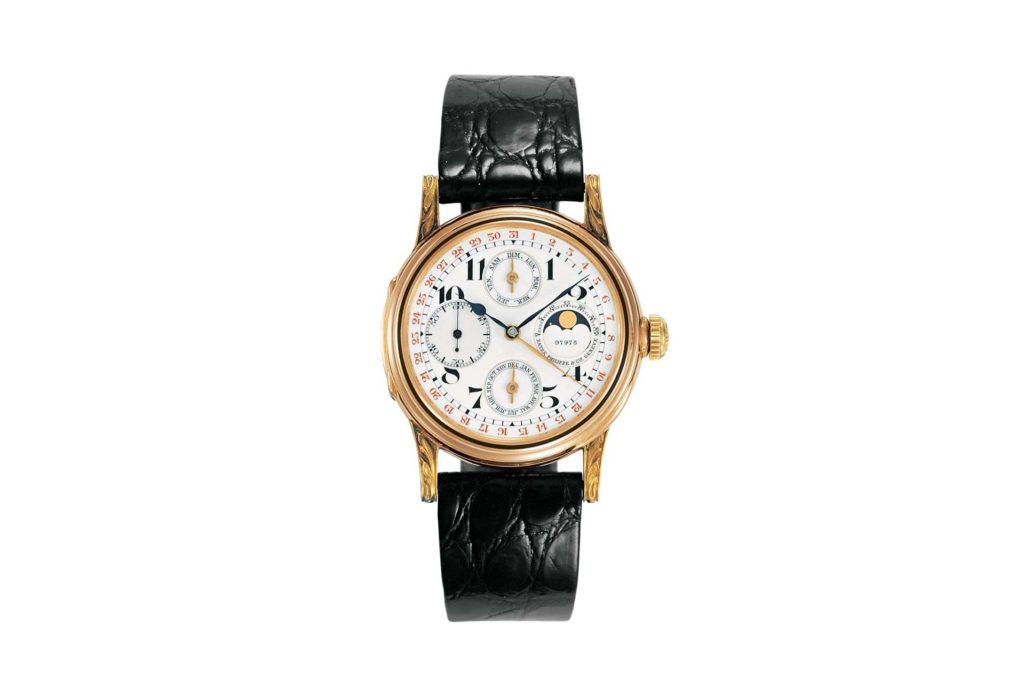
The first wristwatch with annual calendar
An easier, more user-friendly, but nevertheless innovative calendar function was always bound to please a new generation of watch lovers. Once again, it was Patek Philippe who were one step ahead. In 1996, the manufacture launched the first ever annual calendar, the Reference 5035J. It was practical and easy to use. An annual calendar lies between a normal calendar, which requires correction five times in the year (in the months with less than 31 days), and the perpetual calendar, which does not need correction.

Conversely, Patek’s annual calendar takes into account the various length of months with 30 and 31 days. Therefore, only once a year (always on March 1) does the function require adjusting. The watchmakers at the manufacture developed a patented system, with which the control of the calendar function takes place upon the wheels and pinions, rather than the more lever-dependant perpetual construction. The advantage of this is that the rotations can happen more easily and are also easier to control than the to- and fro-motions of levers. Ironically, the production of the annual calendar calibres 315 S QA was much more challenging than that of the perpetual calendar. The calibre even has 41 more components – 316, in contrast to 275. In this series, other versions in white gold, rose gold, and platinum also made an appearance.
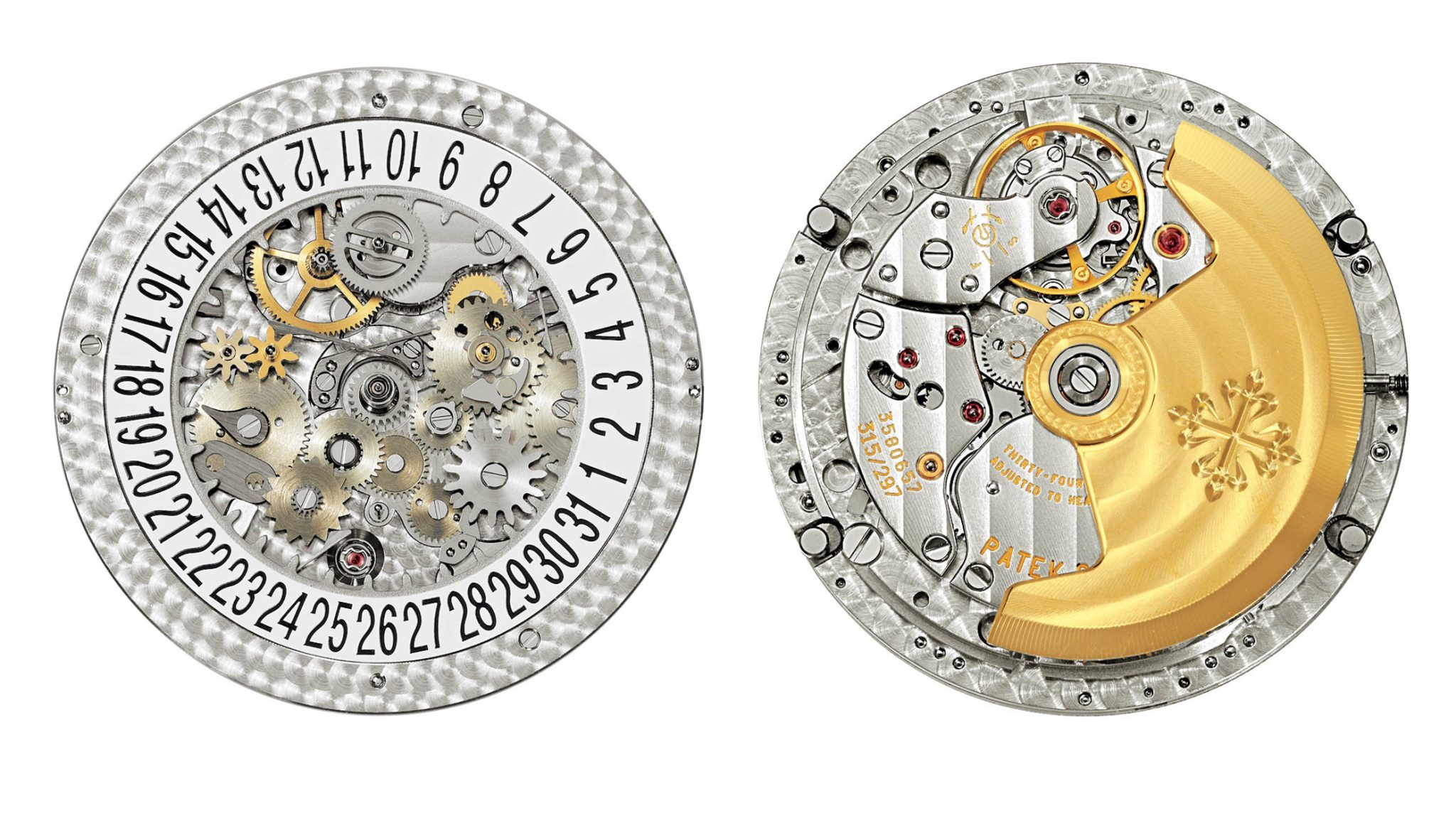
A brand new style – Reference 5960
2006: Patek Philippe 5960P
Following ten years of predominantly dress-watch-like annual calendars, the Reference 5960P suddenly appeared in 2006. It was, in numerous ways, something very different. Firstly, Patek Philippe combined an annual calendar with a chronograph. On this particular occasion, the manufacture introduced its first industrially finished automatic chronograph movement. The calibre CH 28-520 IRM QA 24H (with Patek’s Spiromax spiral), which was created entirely in the Patek ateliers, from development of the movement to the finished calibre.

New dial-architecture
To avoid complete chaos on the dial, factoring in the subdials for the opposing roles of the calendar and chronograph, the watchmakers came up with a smart alternative. Three individual calendar windows between ten and two o’clock display weekday, date and month. Alongside a case finished in 950 platinum, the small calendar displays lay within miniature windows made of gold.
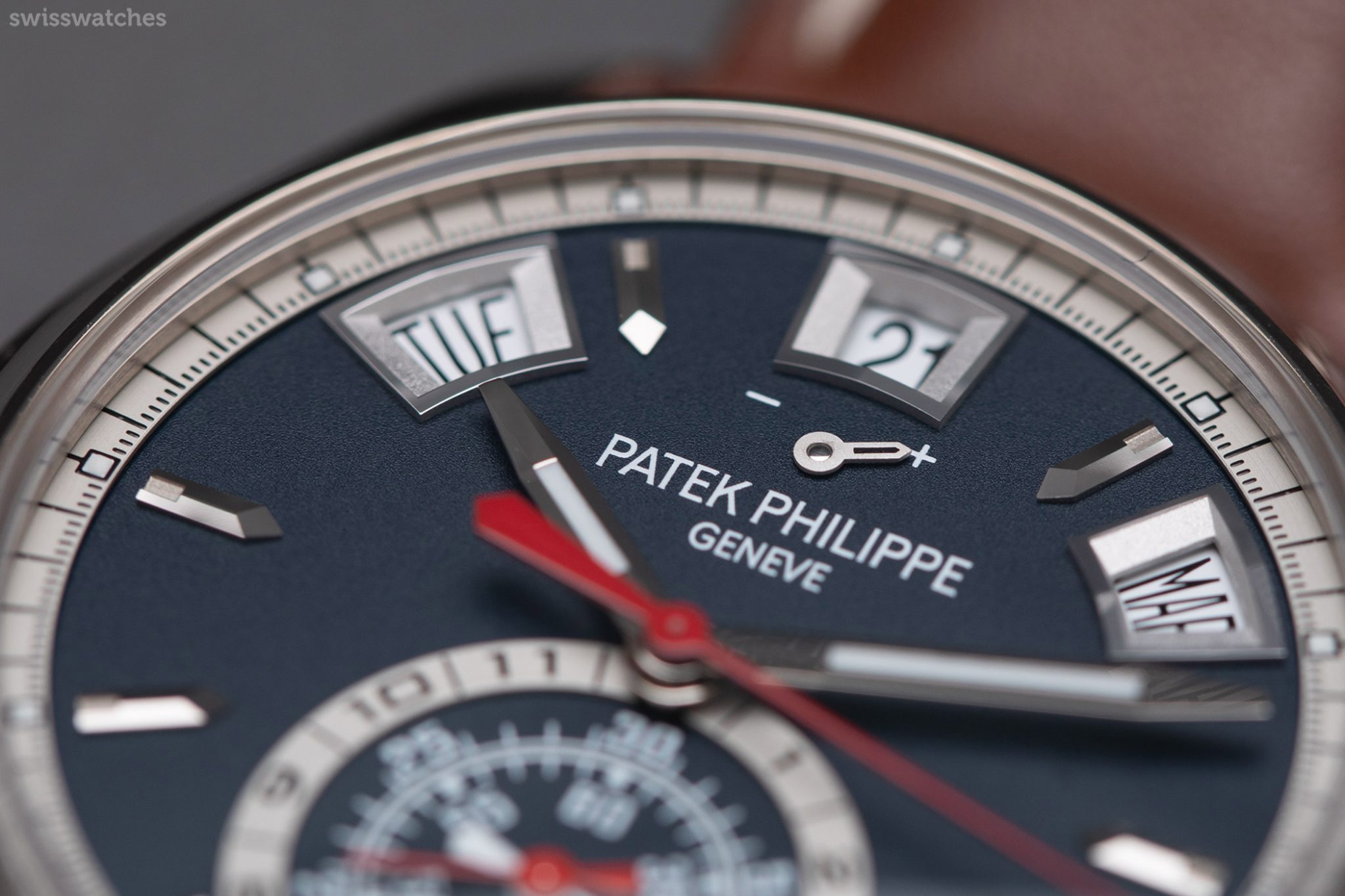
Rather than incorporating the typical subdial counters of a conventional chronograph, the watch chose to use mono-subdial counters. On the two outer scales, the longer red hand indicated minutes from 0 to 30 (blue digits) and 30 to 60 (black digits). The shorter white hand on the inner number circle indicated measurement up to 12 hours. A small, round window indicated whether the time applies to the day or the night, within which white indicates day, before changing to a dark blue for night. Beneath the date on the upper half of the dial was a small power reserve indicator, amounting to between 45 and 55 hours.
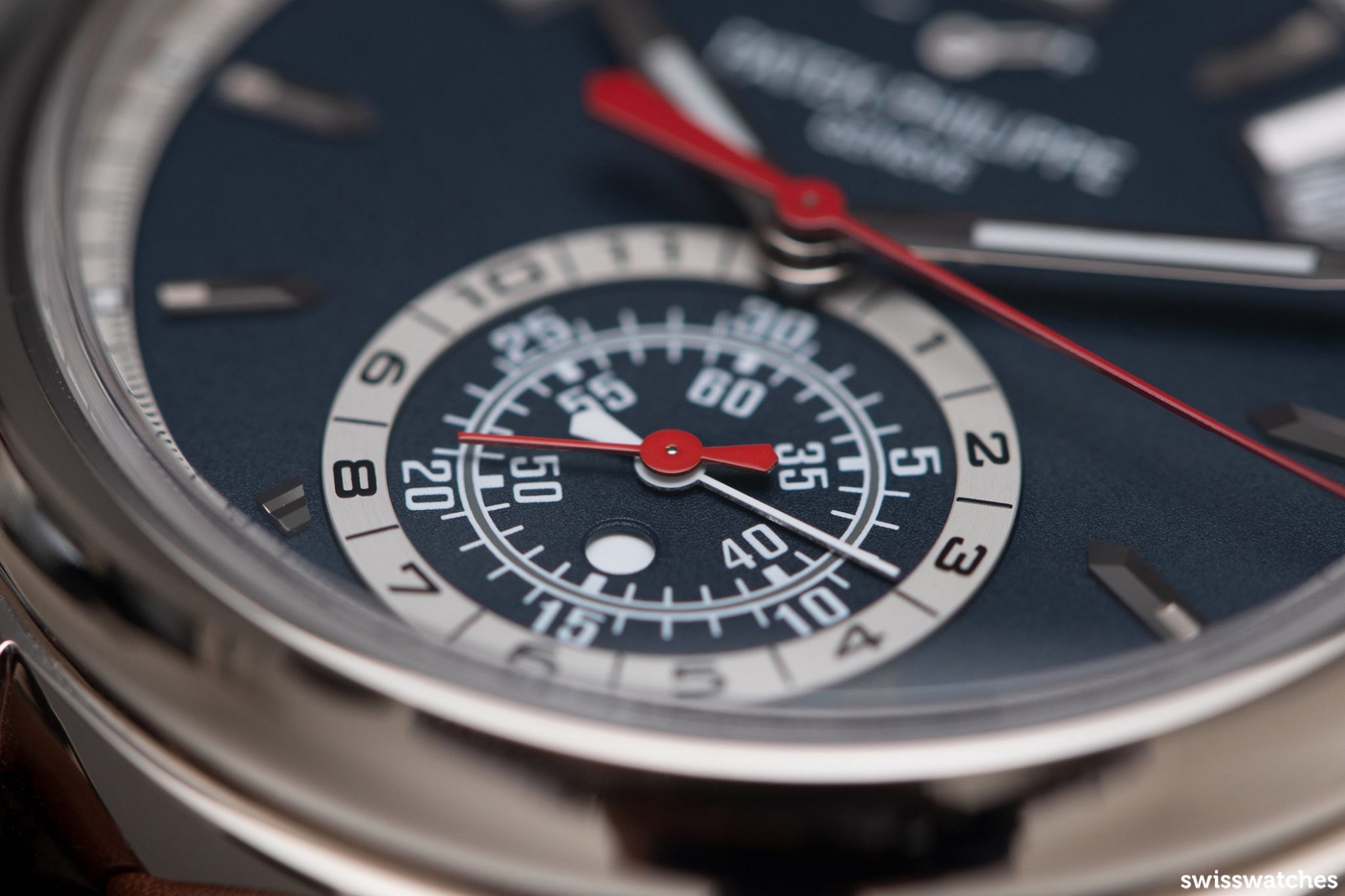
The wearer would search for the small seconds in vain. However, the chronograph hands can easily be used as running seconds, because it is powered by a vertical disc clutch, performing its task with virtually no friction. A commonly used horizontal wheel clutch can occasionally cause interlocking.

With a 40.5 mm platinum case, Patek gave the 5960P a slightly larger diameter than what was common for calendar watches. This is perfectly understandable in light of the additional function. In 2009, a rose gold version with a grey dial followed in its footsteps (5960R-001), before the reference’s replacement arrived in the form of the 5905P in 2015. Even though the dial design barely changed, it was a completely different watch. The round pushers were no more, and in their place were elongated, angular pushers, with a larger case diameter of 42 mm.
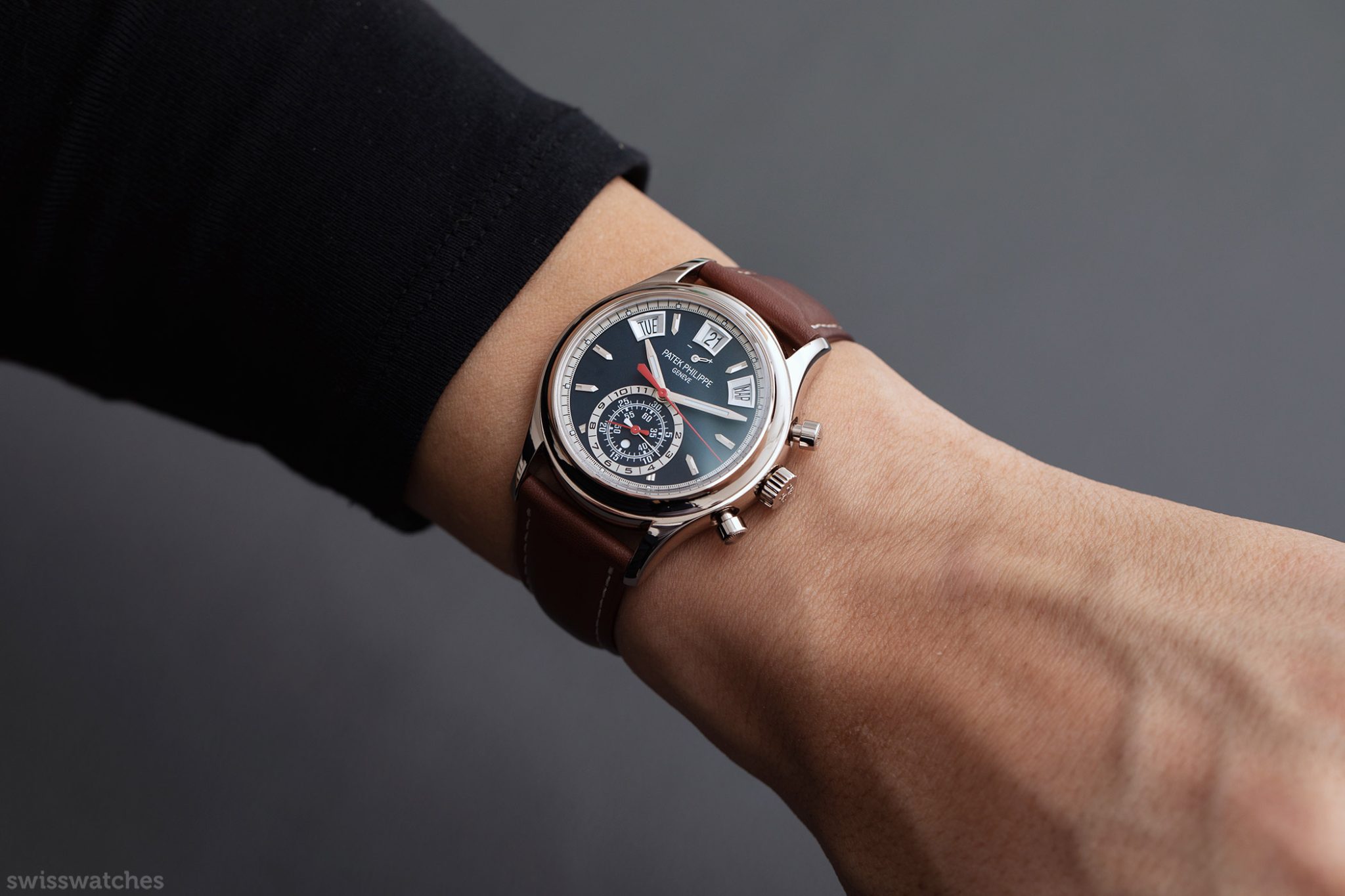
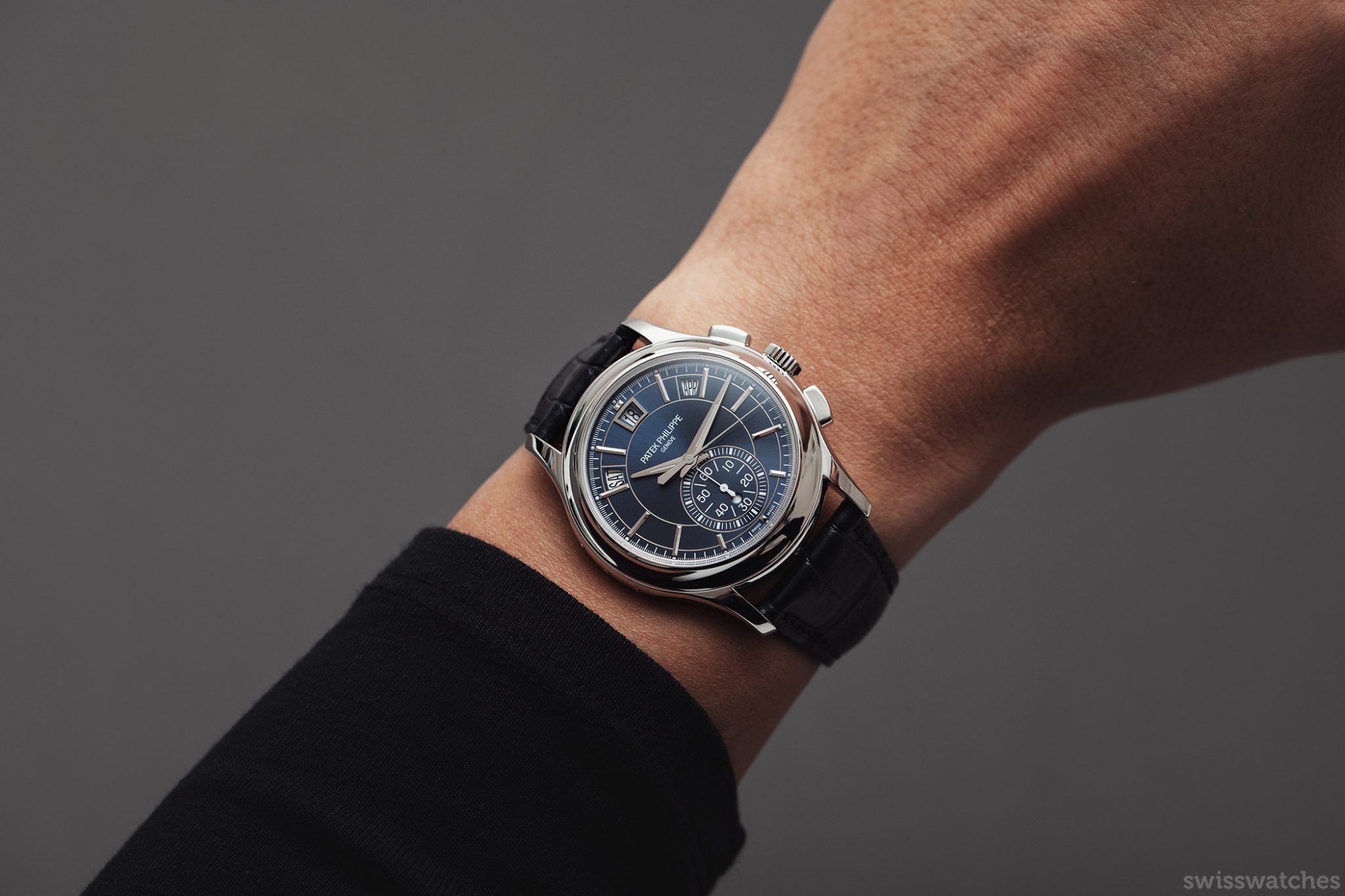
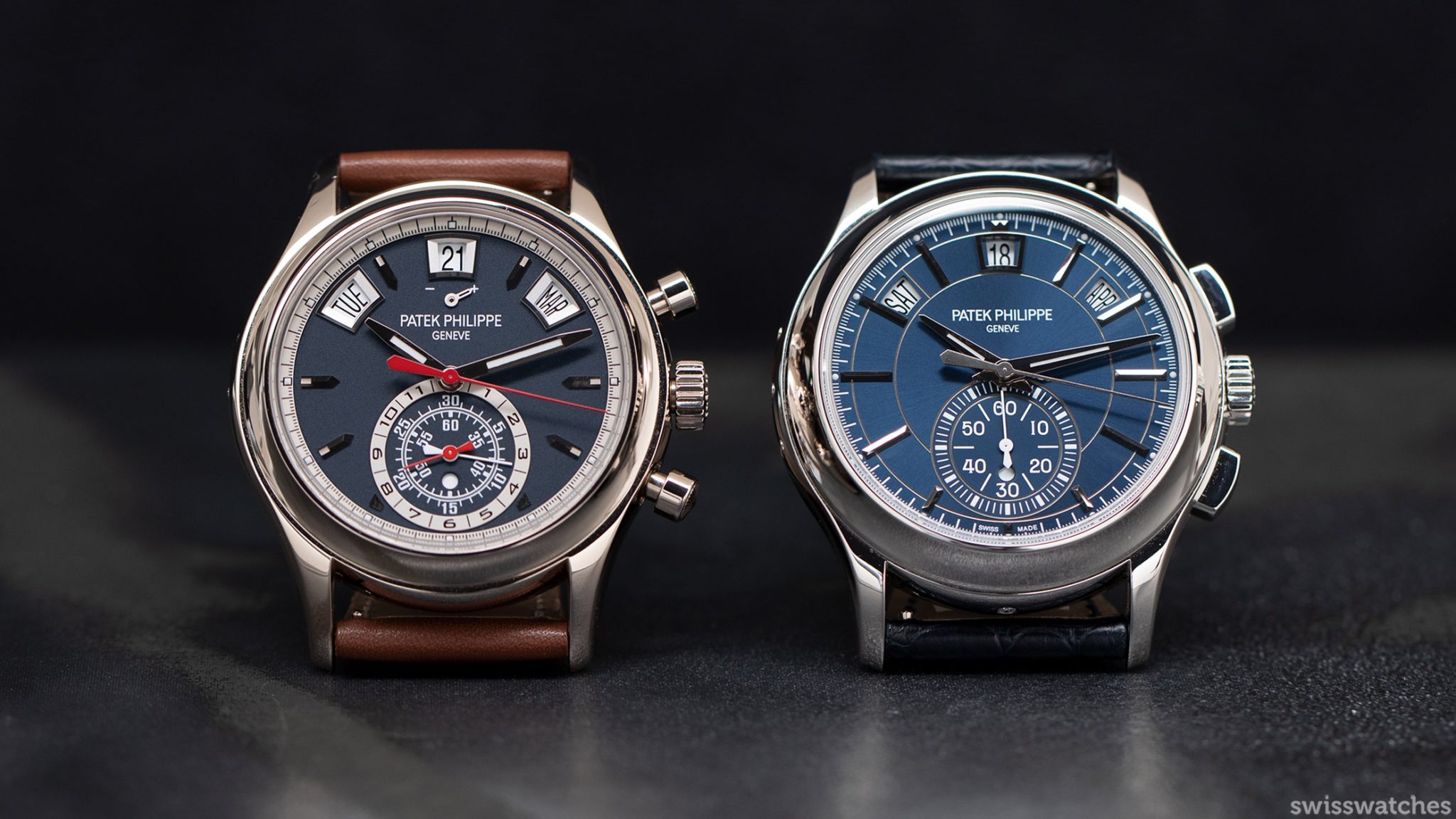
2014: Patek Philippe 5960/1A
In 2014, the 5960 provided a new element of surprise. The fact that the manufacture now brought forth an annual calendar with a steel case and matching bracelet was completely unexpected. Steel is almost exclusively reserved for the sporty Nautilus and Aquanaut models. This marked the 5960/1A as Patek’s first ever annual calendar to have a steel case. Its design paved the way for the current Reference 5960/01G-001. The positioning of the scales on the mono-subdial counters has hardly changed. From this point forth, the 12-hour counter began to lie on the outside, in the centre is the minute counter from 0-30, along with the minute counter from 30-60.
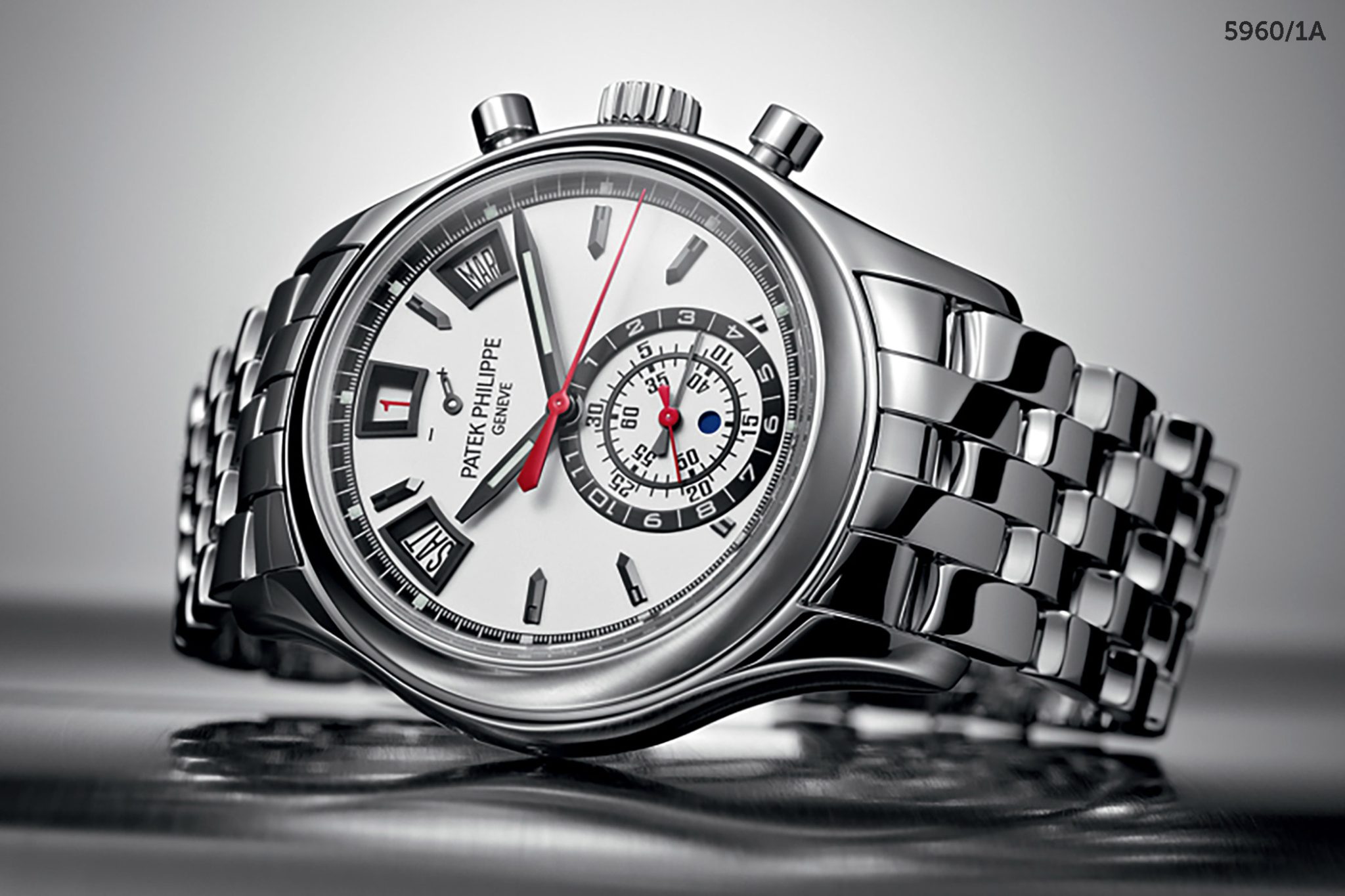
Also unusual was its white dial with signal red hands and blackened appliqués. Hence, the 5960 finally made its departure from a dress watch and advanced to becoming a sports chrono. The stainless-steel bracelet was fitted with drop-shaped goutte links, making it a chic everyday watch from Patek.
2017: Pilot’s watch appeal
2017 saw the launch of the 5960/1A from 2014 with an ink-black dial. Furthermore, following versions in platinum, rose gold and steel, a white-gold variant was added in the form of the 5960/01G. While the latter’s design and technical specifications were fundamentally unchanged, it stood out significantly in terms of aesthetics.
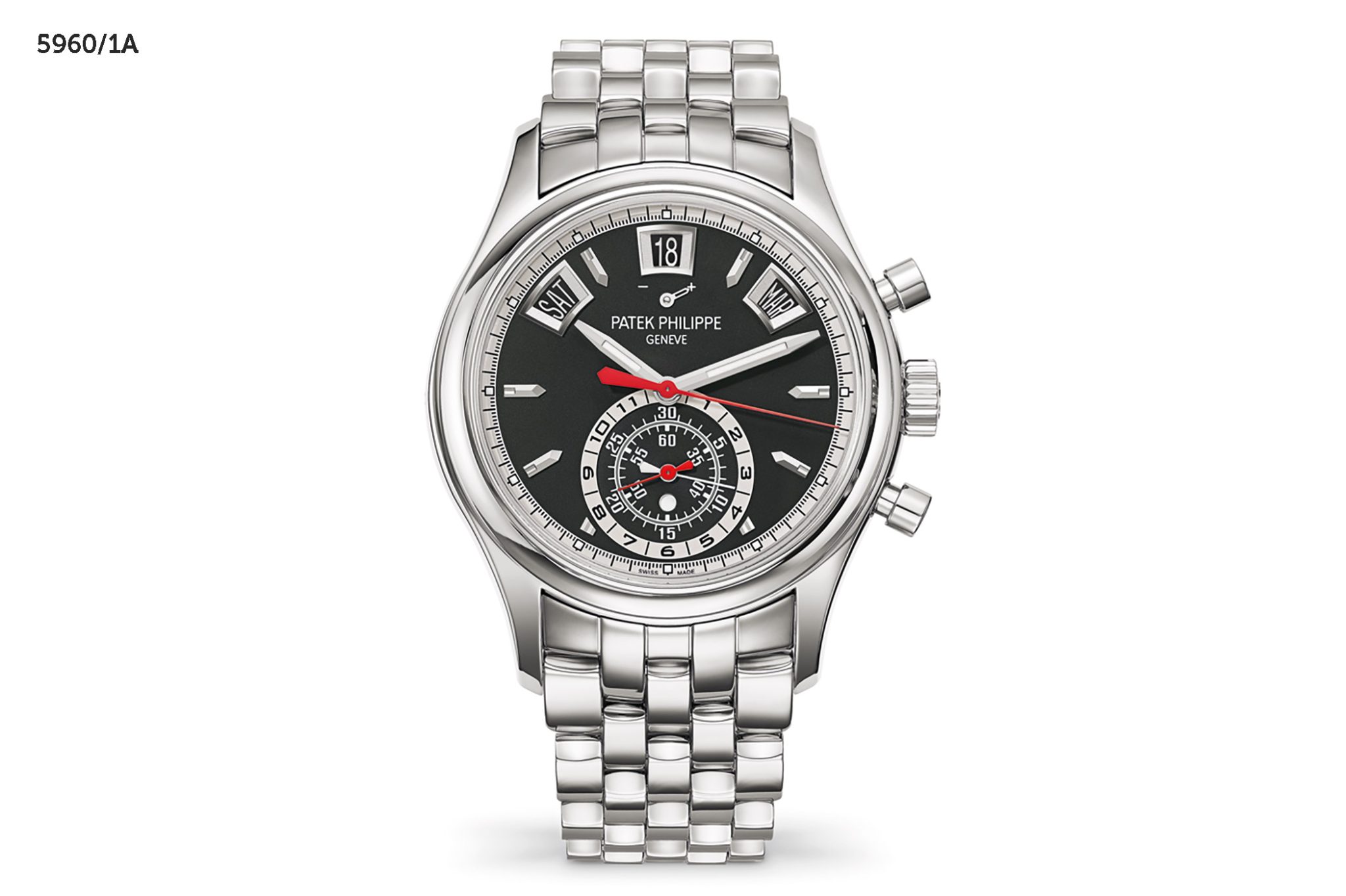
Colour and material choices resulted in the fusion of the original elegant 5960P from 2006 with the sporty stainless-steel version reference 5960/1A from 2014. The rich, blue-grained and lacquered dial with its fiery red hands makes it look fashionable and fresh. By contrast, the white-gold indexes and case give it an unpretentious elegance that one expects from a Patek timepiece with calendar complication. Then there’s the vintage brown calfskin strap with contrast stitching (which looks damn good) and is slightly reminiscent of the brand’s aviator watches. It particularly reminds one of the Calatrava Travel Time Pilot 5524G, which also caused a stir in 2015, again featuring a white-gold case and a dark blue dial.
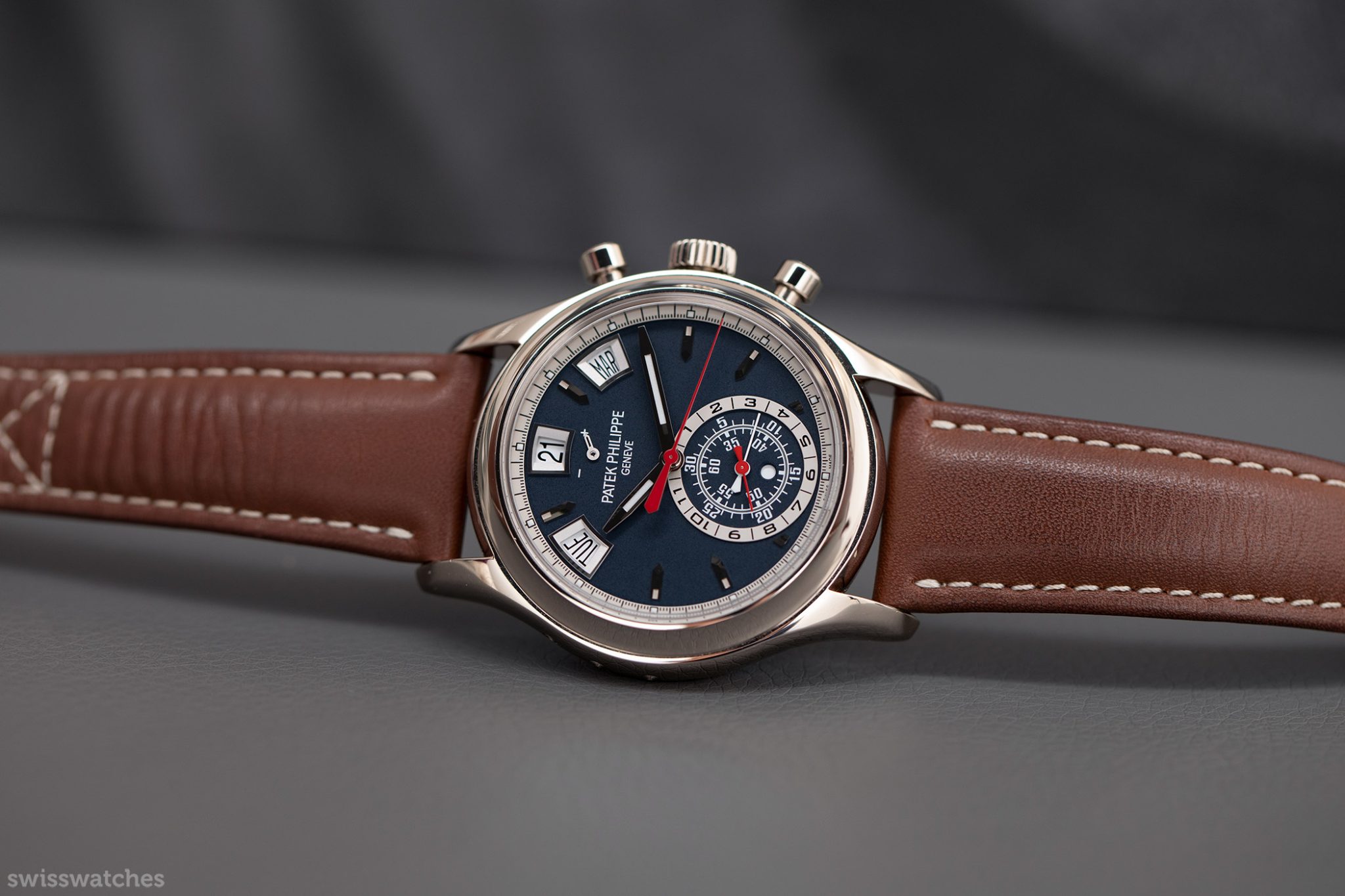
The flyback chronograph calibre CH 28-520 IRM QA 24H is neatly angled, polished and decorated according to all the rules of art. Alongside Côtes de Genève decoration on the gold rotor and bridges, the pushers on the 5960/01G are finished with guilloché decoration on the pusher side. Presumably, this is an homage to Patek’s 1940s chronograph Reference 1463, with its amusing nickname “Tasti Tondi” due to its round pushers.
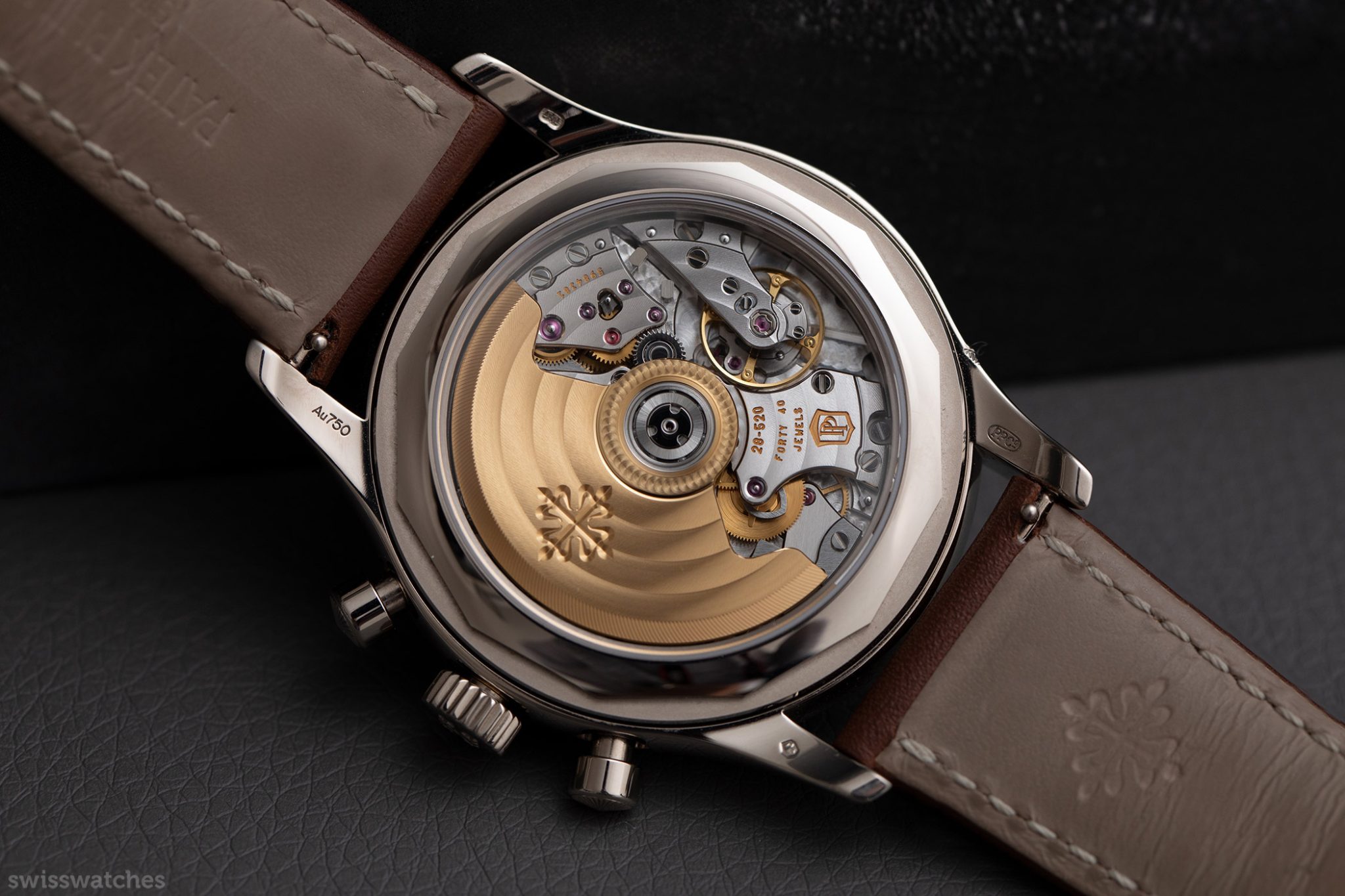
Both stainless-steel versions were discontinued in 2018. The 5960/01G is therefore now the perfect everyday Patek, with useful functions, a well-ordered dial design, and an extremely robust, reliable movement. The slightly curved lugs ensure that the watch doesn’t look bulky, but sits smoothly on the wrist. With a 40.5 mm case diameter and 13.53 mm height, it serves the middle ground, in any case.
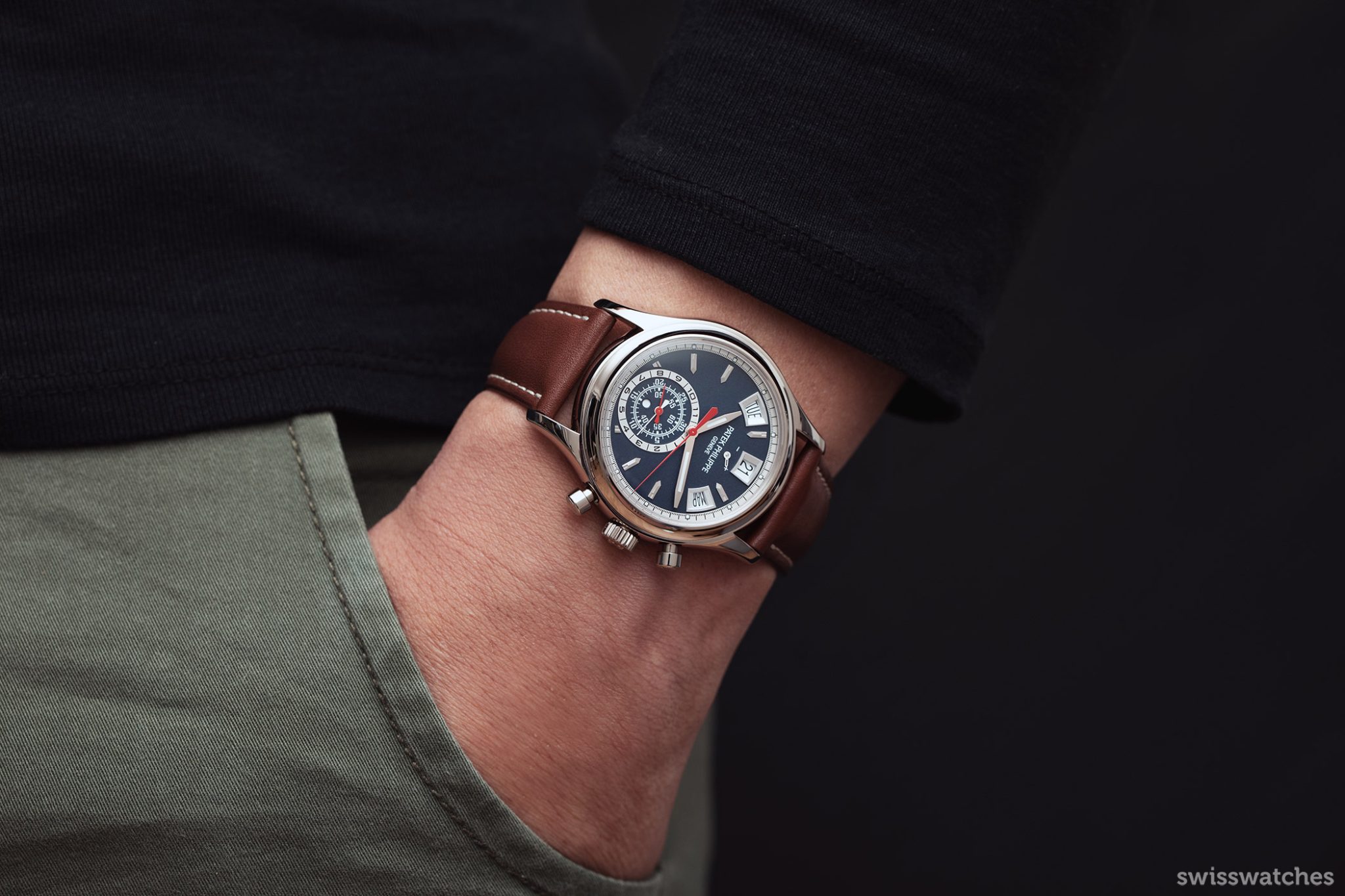
Farewell 5960/01G
Now, the short but exciting era of a special collection comes to an end. The 5960/01G was the last remaining model of the line, which now Patek Philippe also discontinues. If you manage to get hold of one of the few remaining pieces at a retailer, you can consider yourself lucky. They will be highly sought after from collector circles very soon already, as it usually is the case with most run-out models of the watch maker. Price: 59.170 euros.
